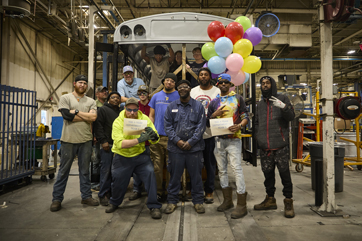
A behind-the-scenes look at our historic celebration and transition of the Type D legacy
It isn’t every day you get to celebrate a major milestone, so we’ve captured the iconic plant transition of our Type D production and commemorated the milestone in a video celebration. Chronicling the final steps of the last Type D bus to roll off the historic assembly line, the video features…
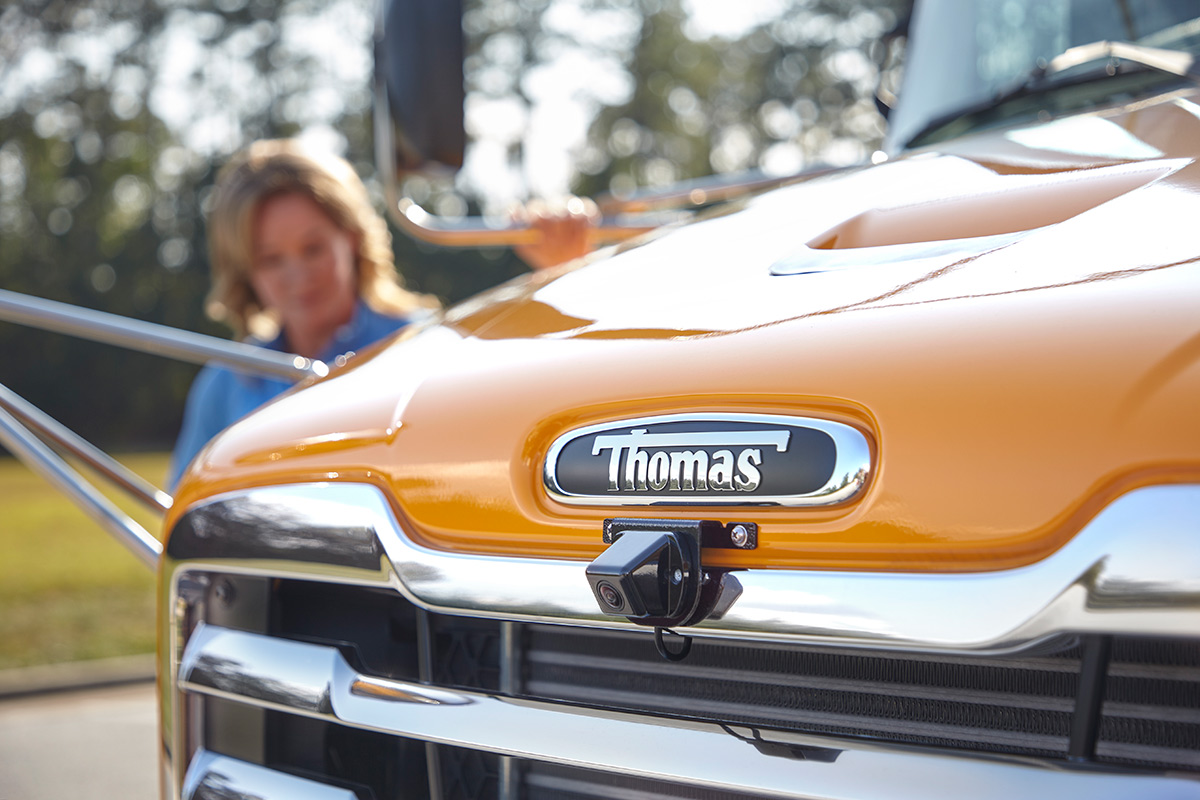
At Thomas Built Buses, we view safety as a journey, not a destination. Safety is at the core of everything we do—from our manufacturing processes to our testing protocols and focus on continuous innovation. It is more than just a feature; it’s an interconnected facet of all our operations.
Let’s look at how this commitment to safety is woven into every phase of our process, from…
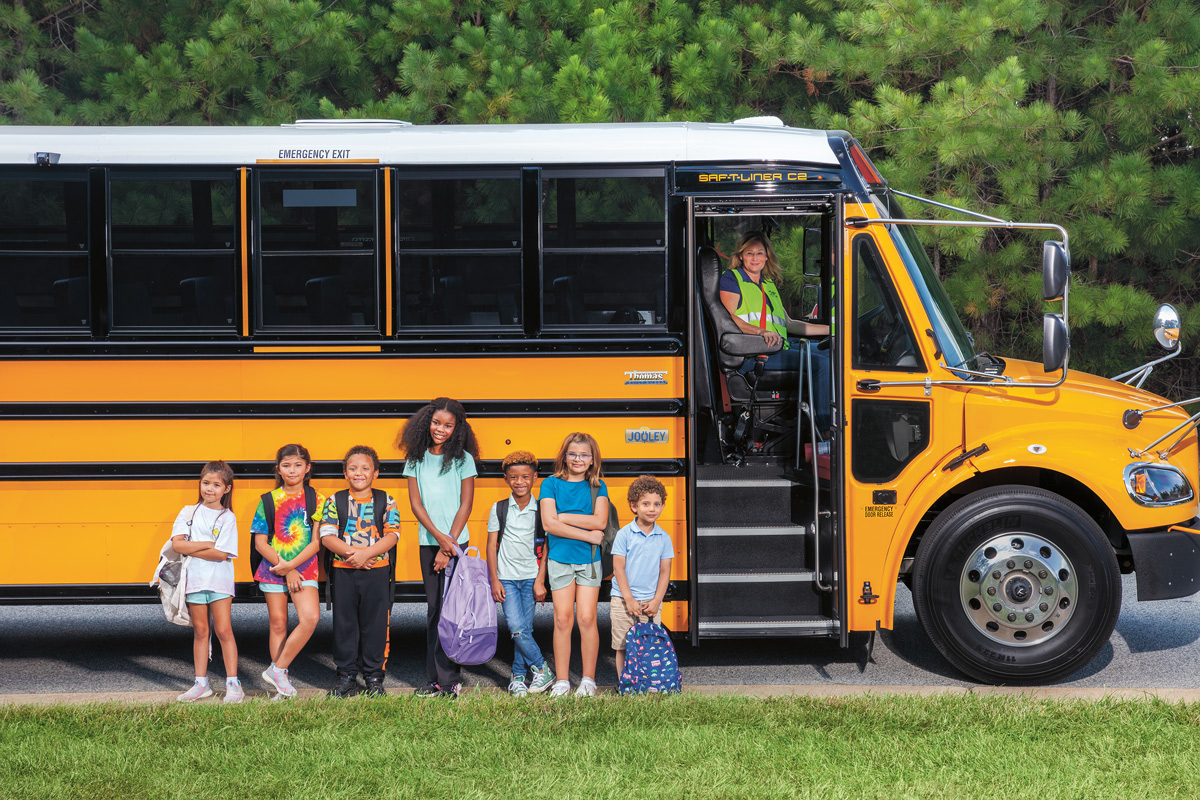
What makes the electric Saf-T-Liner C2 Jouley school bus an excellent vehicle for today and the future? Our free Electric School Bus Curriculum answers this and more.
Today’s students are increasingly interested in electric vehicles and environmentally smart transportation options. This dynamic, professionally designed curriculum provides teachers with tools and lessons to increase…
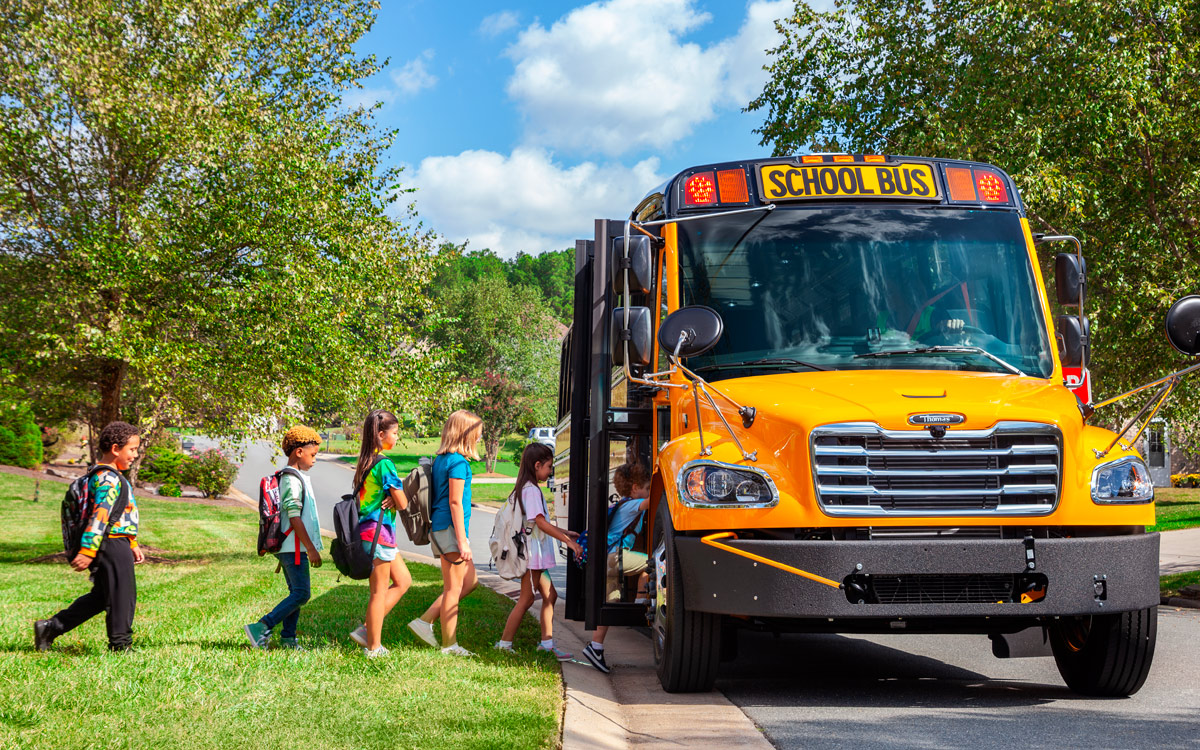
In today’s rapidly evolving industrial landscape, sustainability has become a global focus. But what does that even mean? For Thomas Built Buses, it’s about defining our commitment to our organization, our industry and the communities we serve. While our electric school bus, the Saf-T-Liner® C2 Jouley®, and its many milestones (including the recent delivery of our 1,000th) often come to…
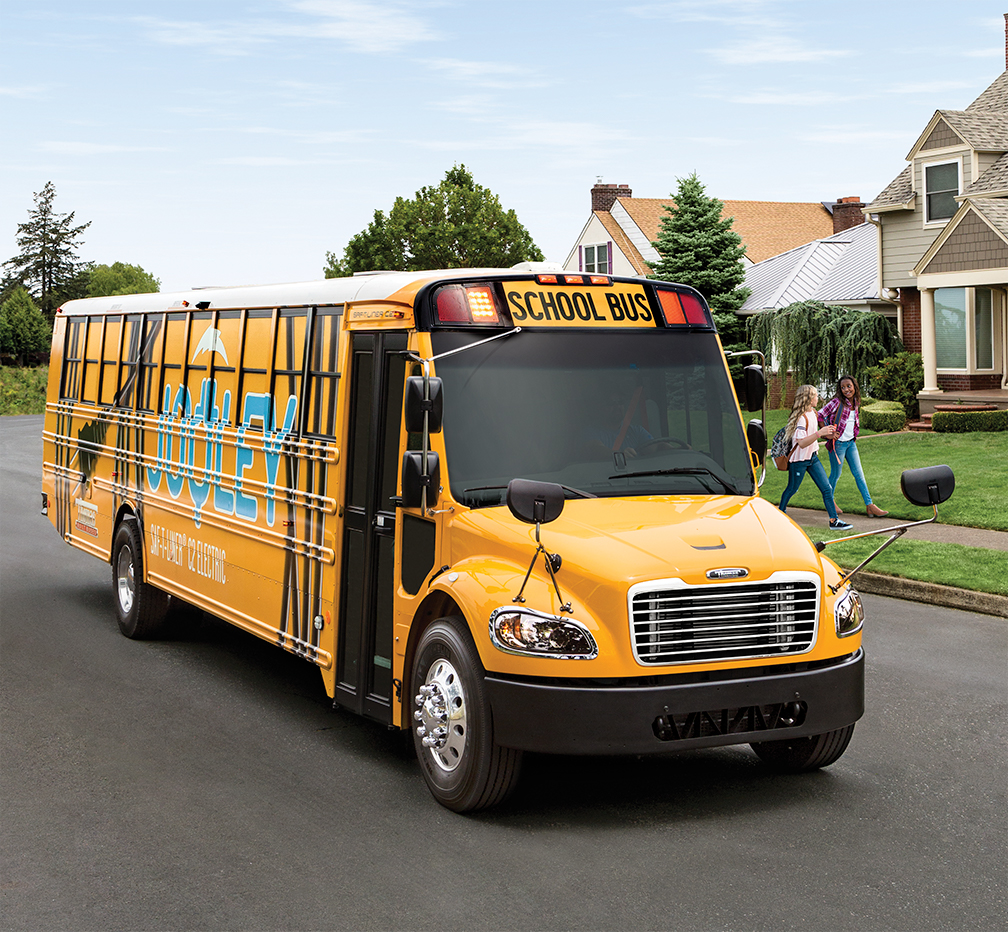
While there is a lot of hype surrounding electric school buses, there is also quite a bit of speculation. From range anxiety to high purchase prices, many districts are skeptical about whether electric school buses will work for their fleet. To address some of these concerns, Thomas Built Buses, a leader in electric vehicle (EV) technologies, is paving the way for districts across the United States and Canada to incorporate electric school buses.
“It’s not just about designing and manufacturing an electric school bus,” said Caley Edgerly, president and CEO of Thomas Built Buses. “We are also committed to helping our customers overcome emerging challenges in the vehicle electrification landscape. Customers don’t always know where to turn for funding and grants, the process for installing charging infrastructure or even how partnerships with their local utility providers can help to achieve their EV goals. This is uncharted territory for many of our customers, so we work one-on-one with customers to make the path to EV integration as seamless as possible.”
To that end, below are some of the most common barriers to converting to electric and how to overcome them.
Higher Purchase Price
The high purchase price of an electric school bus is one of the primary concerns for most districts. Electric school buses today cost more than a traditional clean-diesel school bus, not to mention additional costs for infrastructure and driver/technician training. For many districts, this higher purchase price is too much. But is it?
Today is the best time to purchase an electric school bus. Many states like California and New York, as well as some utility providers, now are offering funding, special financing and rebates to cover the initial purchase price of an electric school bus, as well as charging infrastructure. Even more states are considering PAYING school districts for storing unused energy in school buses and supplying it back to the energy grid when the grid becomes overloaded.
After the initial purchase, districts can expect to save dividends on their operating costs through the life of the bus in the form of fuel savings and lower maintenance costs. In fact, although fueling and charging costs ebb and flow, recent reports are showing electricity can be around 60 percent lower than diesel costs. And, because electric school bus motors have fewer moving parts, maintenance is dramatically reduced, with the largest maintenance expense being battery replacement. On average, an electric school bus could save schools nearly $2,000 a year in fuel and $4,400 a year in maintenance costs.
Further into the future, the cost of electric school buses and batteries are only expected to decrease as technology continues to evolve, saving districts even more on the total cost of ownership of their fleet.
Charging Infrastructure
With any school bus purchase, charging/fueling infrastructure is a major consideration. In addition to increased cost, electric charging infrastructure also must be carefully planned, based on routes and battery range. Today, manufacturers like Thomas Built Buses and utility providers work one-on-one with customers to plan the best infrastructure plan for their needs.
Plus, new managed charging infrastructure today now allows districts to plug a bus in, and the bus will charge only when and if needed. The chargers also can be programmed to charge the school bus during the least expensive times of day. This new infrastructure helps reduce vampire loads, increase the bus’s efficiency and decrease the total energy cost.
Driver and Technician Training
Much like adding propane or even compressed natural gas buses to your fleet, electric school buses will require added technician and driver training. While maintenance is significantly decreased with electric school buses because of far fewer moving parts in the motor, technicians still will need to be well-versed in how to effectively and safely service an electric school bus. Drivers too will need not only to be aware of how to drive an electric school bus, but also how to charge it safely. With the debut of electric school buses, many manufacturers like Thomas Built Buses will be providing technician and driver training, along with expert resources for advanced electrical troubleshooting and maintenance.
Battery range
Most new conventional school buses hitting the market today have a range of around 100 miles (give or take some, depending on the manufacturer, driver behavior and operating conditions). While this range should be okay for most districts, it can give others range anxiety. Newer batteries and advanced technologies are currently in development, which will provide extended range at a lower cost.
Although there still are some hurdles and concerns when it comes to electric school buses, many of these concerns will be nonexistent issues in the future as school buses, engines and charging infrastructure advance at a rapid pace. To learn more about electric school bus offerings or to discuss concerns about financing, charging infrastructure, battery range, training or overall performance, stop here for more information.
